We arrived into Le Shima early afternoon and tied up in the small sea station (Marina) after being shown a figure of £5 per night, this was higher than the last sea station where we should have only paid 60p per night, but there was no one there to pay. However it turned out to be £5 per metre, with extra for electricity and water, making the total around £70. After nearly paying 60p the day before, I explained to the lovely lady at the reception that I was just a poor old man sailing around the world, and I couldn’t afford such high rates, she understood and wished me well. We left to look for a place to tie up to a wall, but couldn’t find one, I then headed out to find somewhere to anchor, however the volcanic nature of the islands means that it gets deep quickly as you leave the shore, also all of the shallow areas are covered in fishing nets, so you can’t get near them anyway. I saw that there where a couple of other ports within a mile or two, so we motored over to them, the first one I entered was a serious fishing port, and normally they won’t let yachts in, however a kind gentleman in a fishing boat was happy for us to raft up alongside him as long as we were up at 7am to let him out. this was all negotiated via google translate on each of our phones.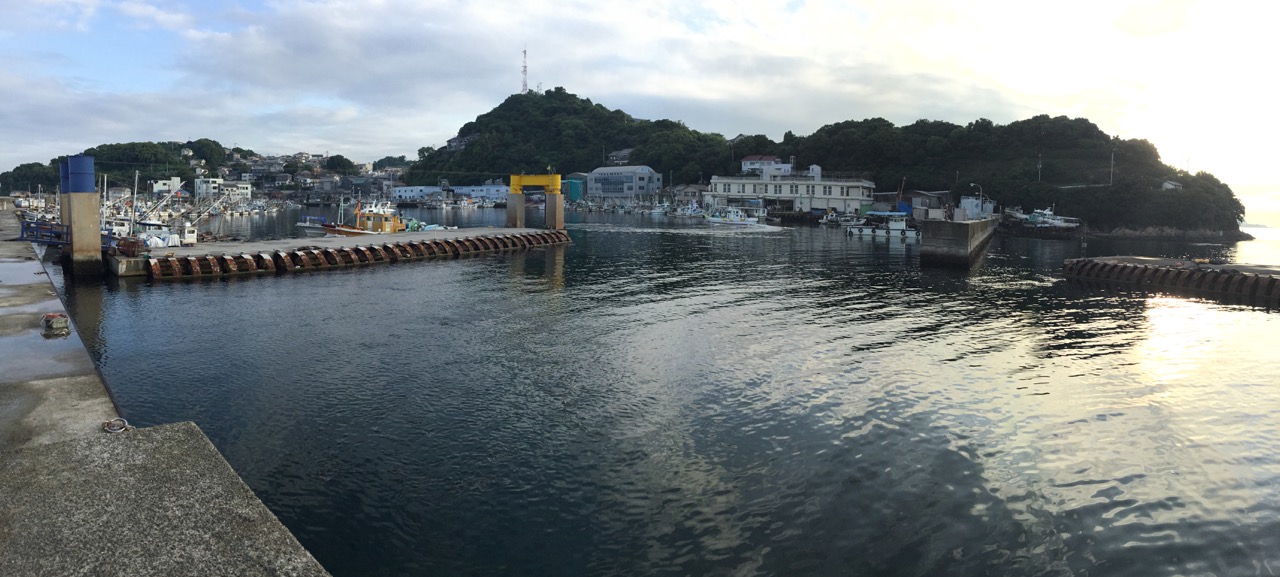
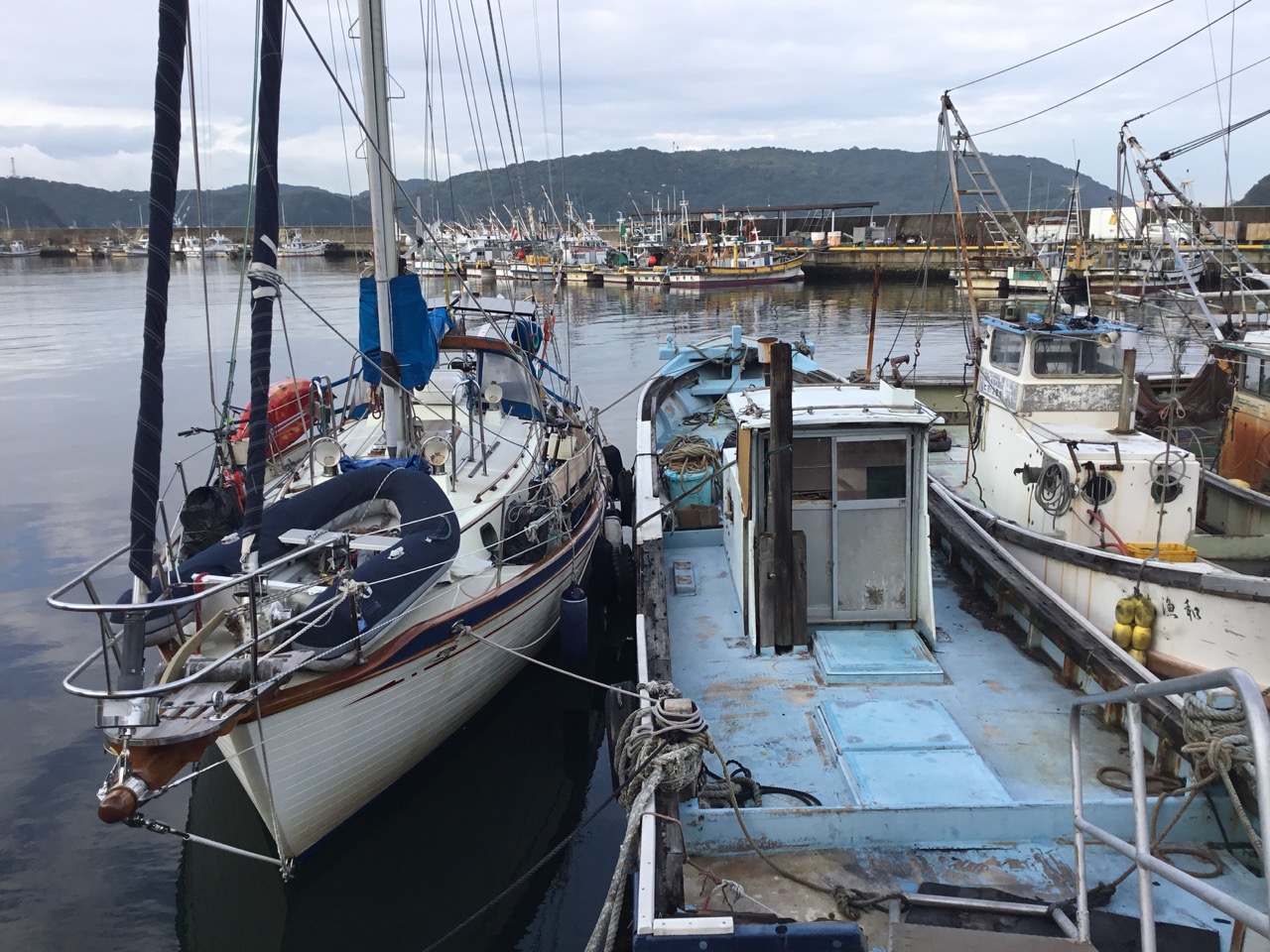
This was a fishing port that was doing well, one of many hundreds if not thousands around Japan. It’s not until you get here that you realise how much fishing is part of the culture and daly life of everyone here. The supermarkets and even the 7-eleven local shops all sell pre-prepared meals of fish / sushi as ‘lunch boxes’ along with a huge selection of fresh and cooked fish.
As I have noticed on my travels, a lot of boat owners take a lot of care of the presentation of their boats, others just let them rot away.
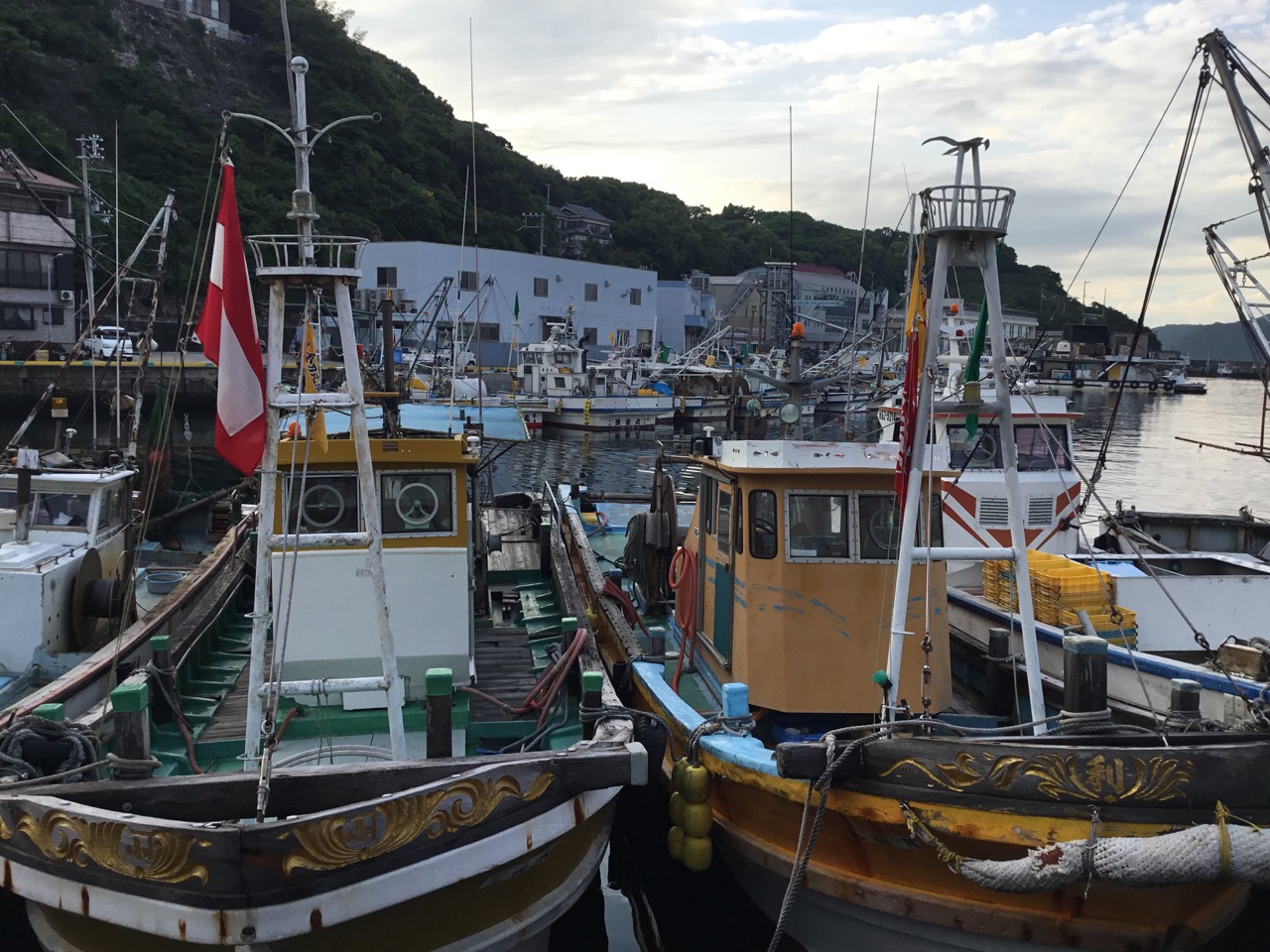
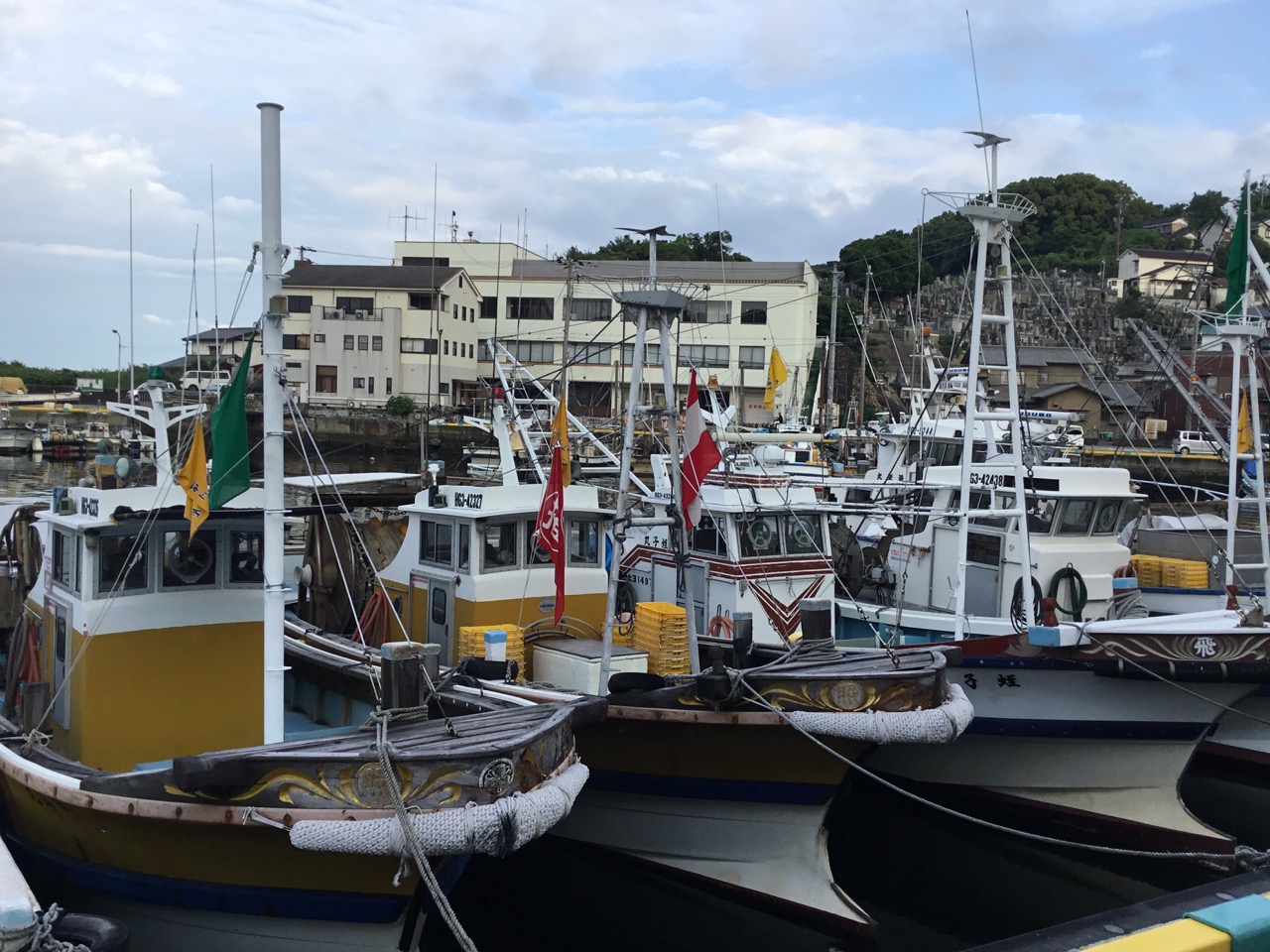

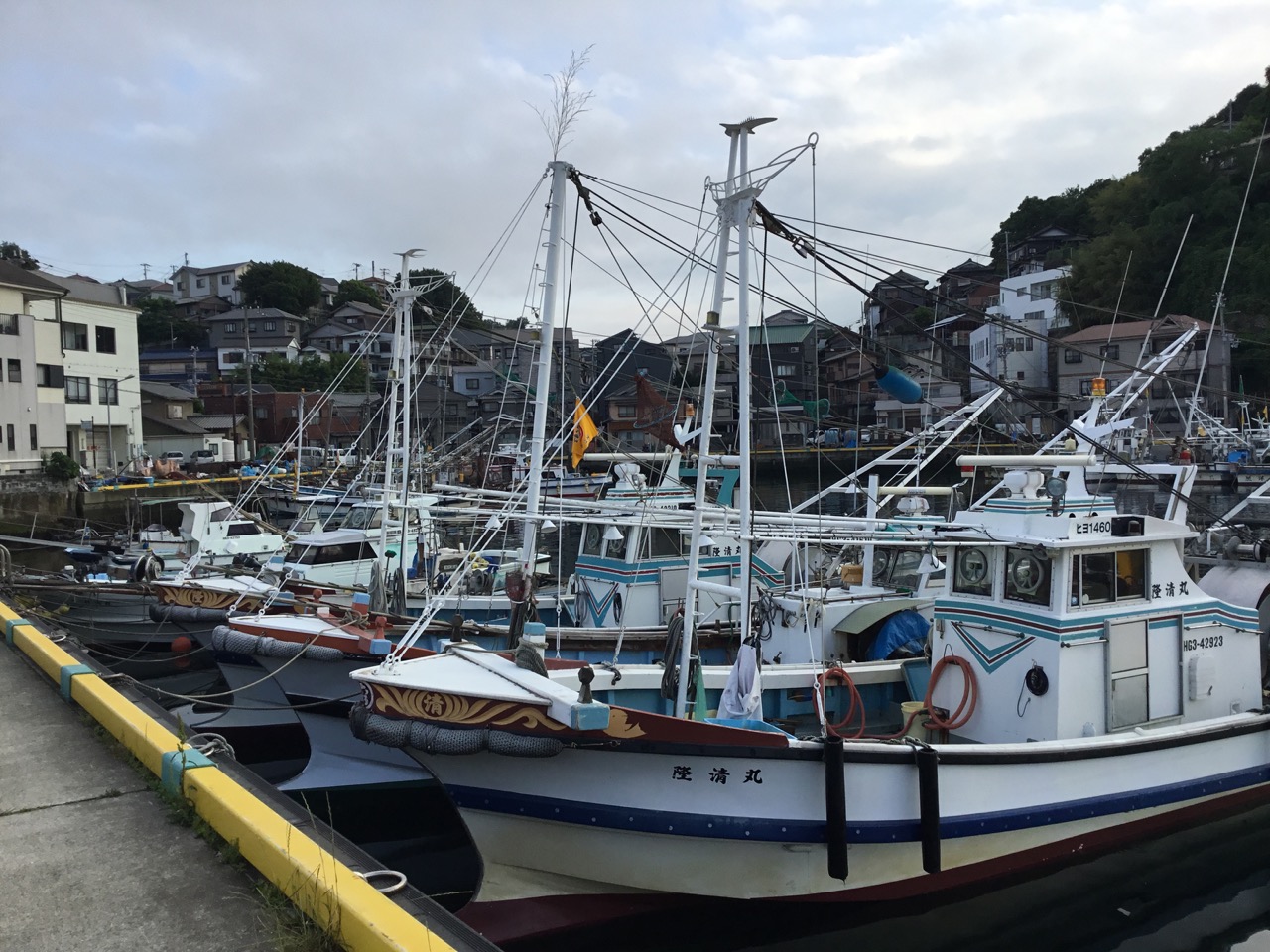
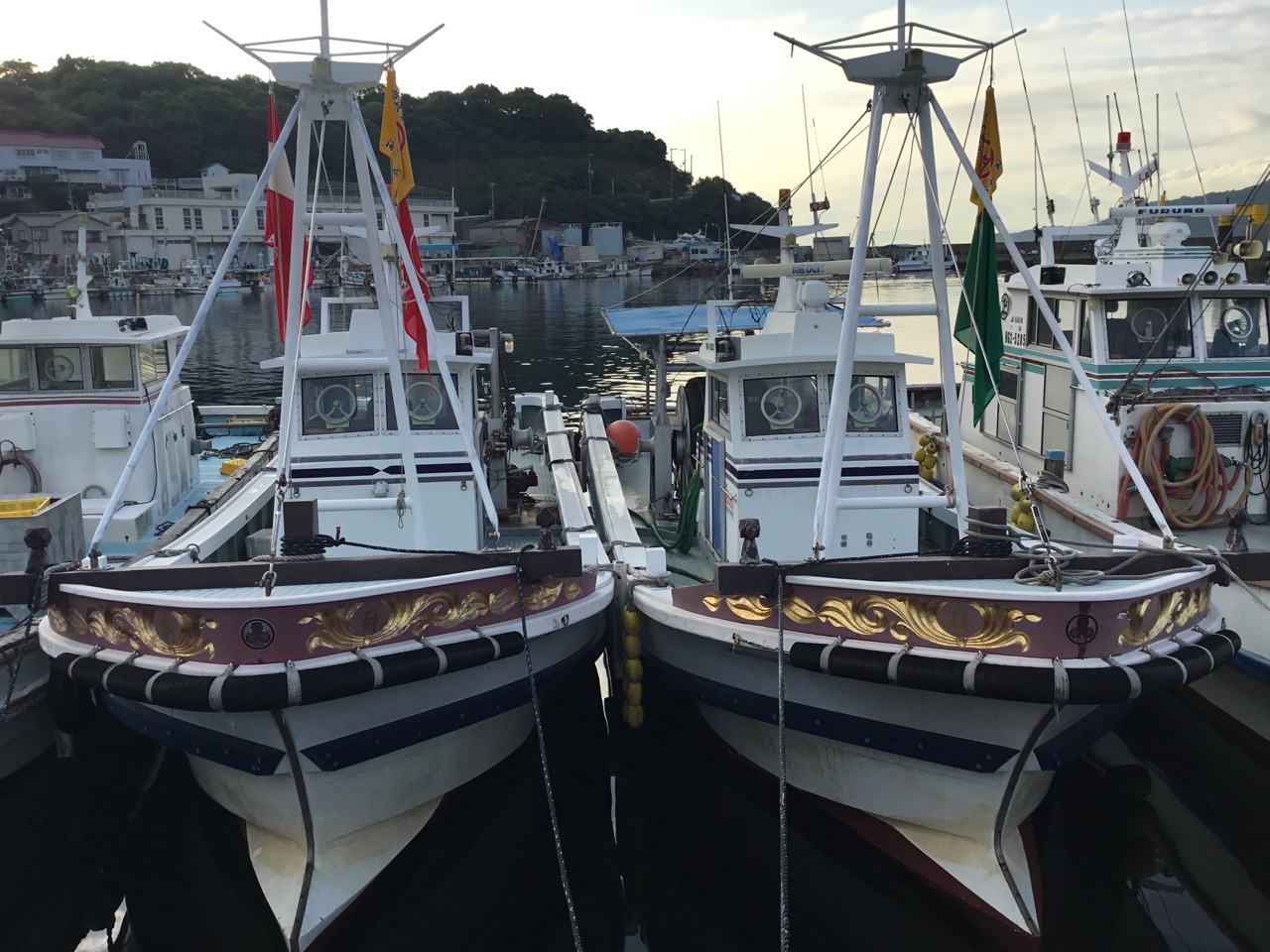
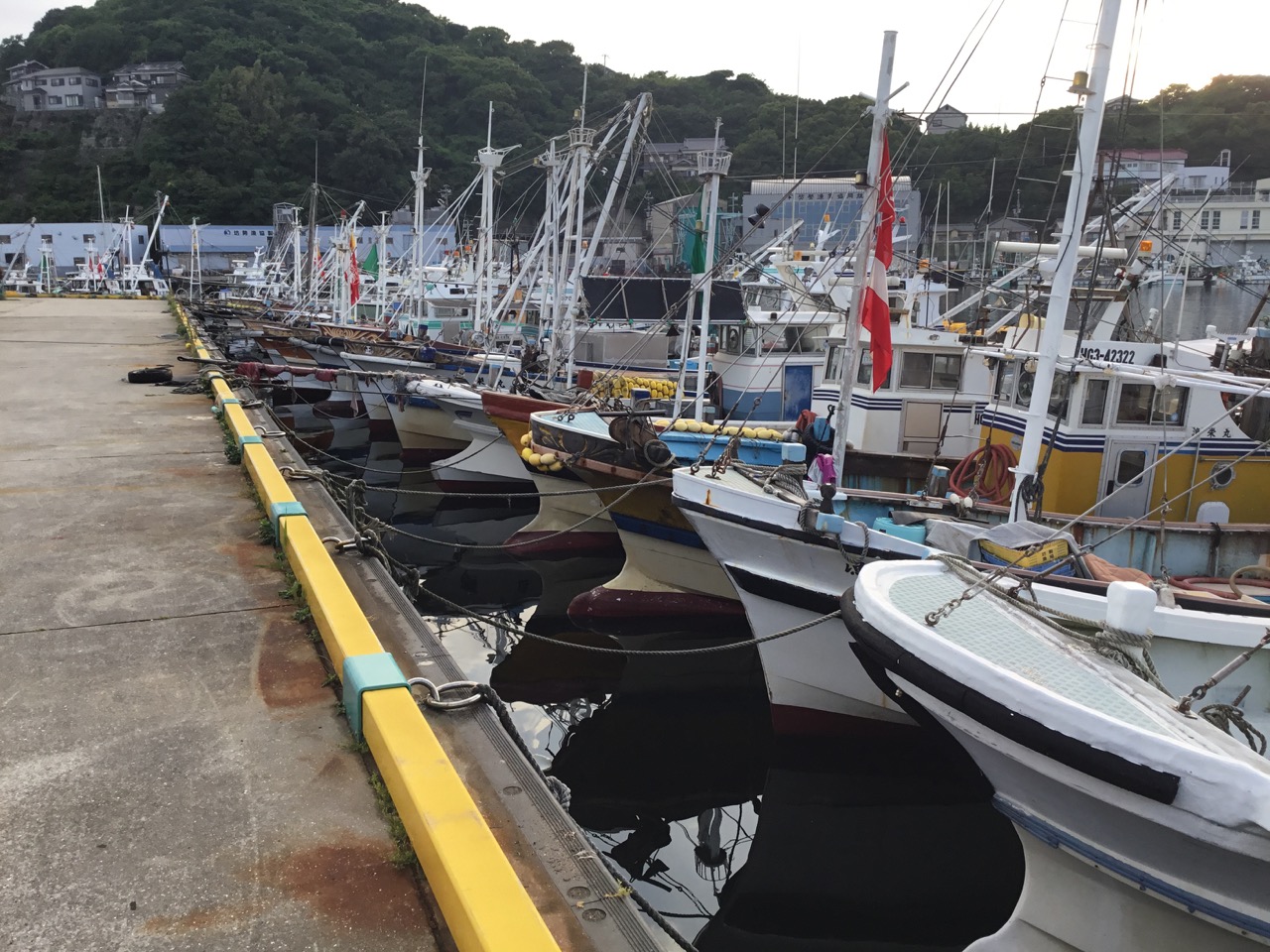
Looks like they have an exciting time once the fishing is over
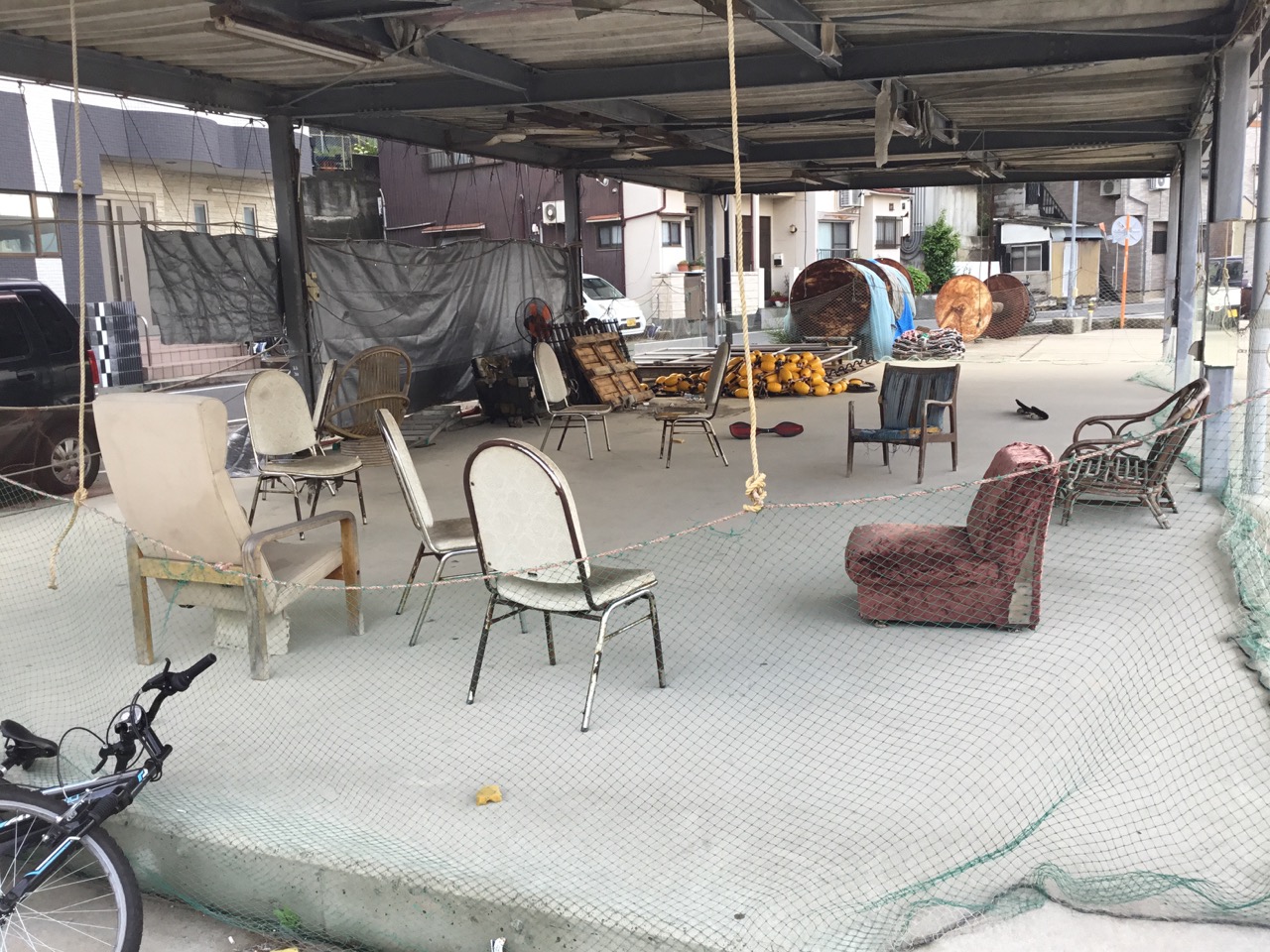
Sadly, I think these machines scrape the sea bed for crabs/lobsters etc, I don’t know much about it, but I understand it’s not a great way to fish as they tend to kill a lot of other marine life in the process.
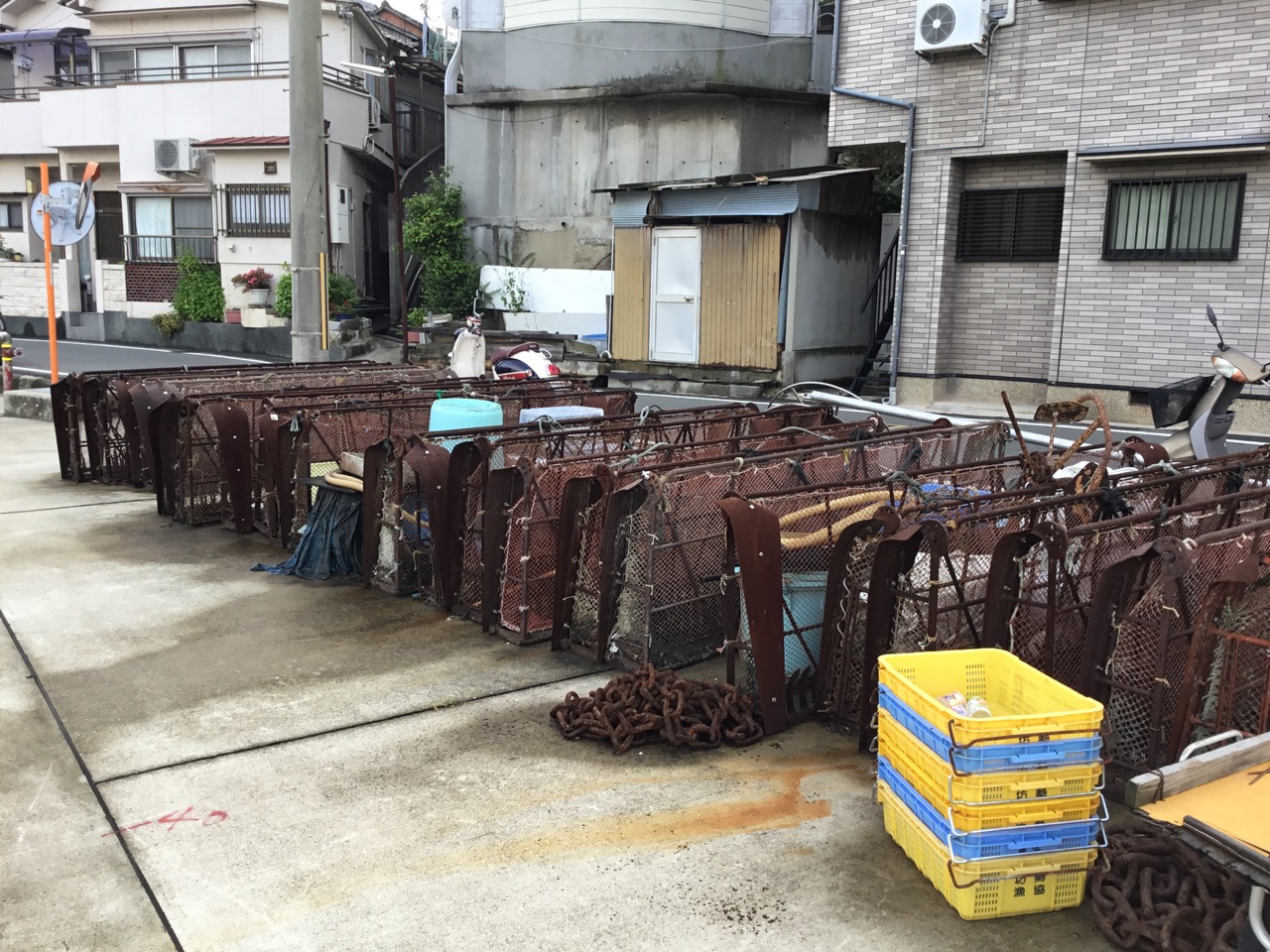
These two boats have a net strung between them and are moving fast, maybe 10 knots, I have never seen this before.
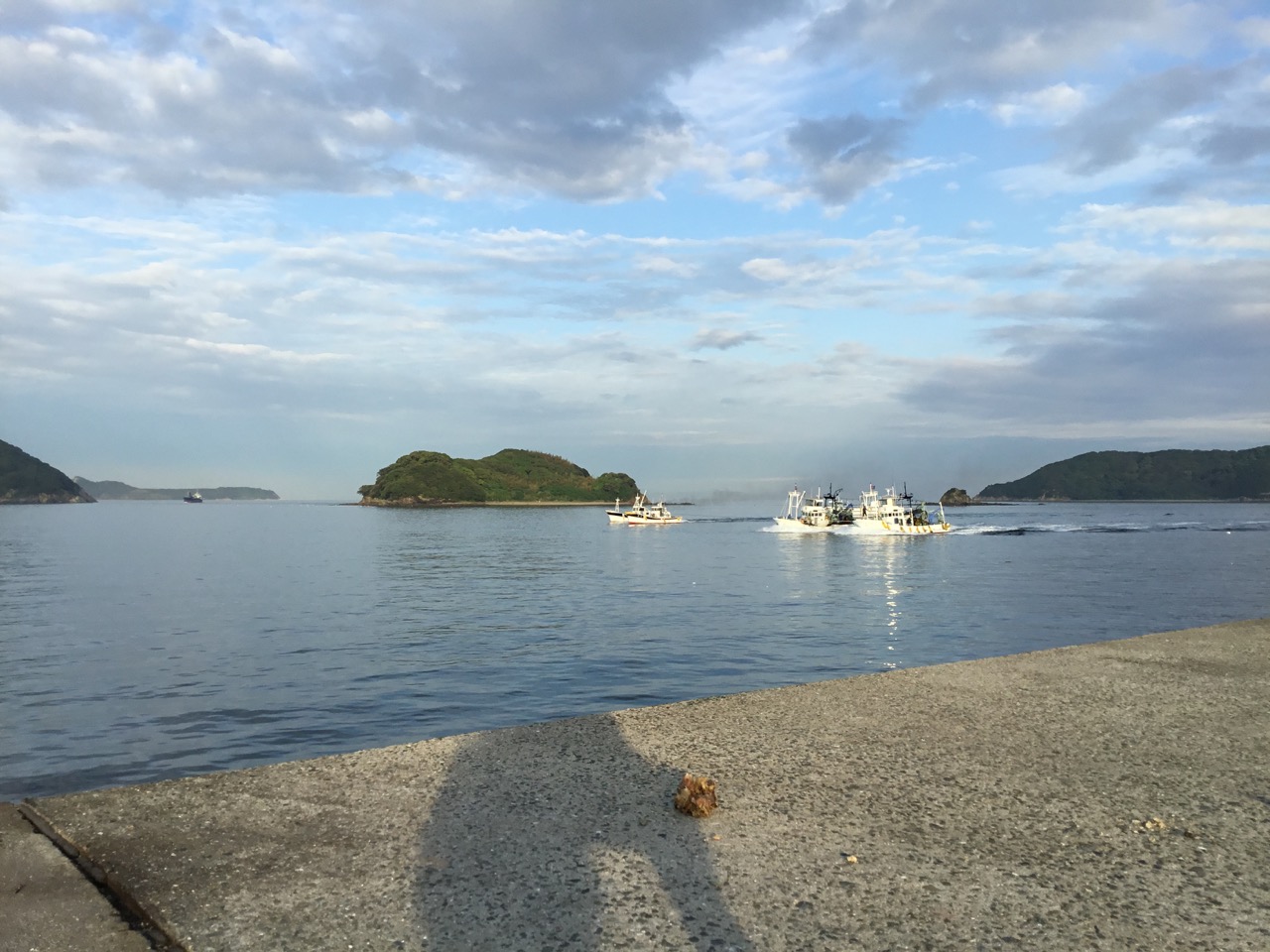 Also these two boats are towing the bigger boat, and I think it’s more about catching fish than moving a boat, but quite how this works is beyond me, perhaps the big boat has net hanging from it?
Also these two boats are towing the bigger boat, and I think it’s more about catching fish than moving a boat, but quite how this works is beyond me, perhaps the big boat has net hanging from it?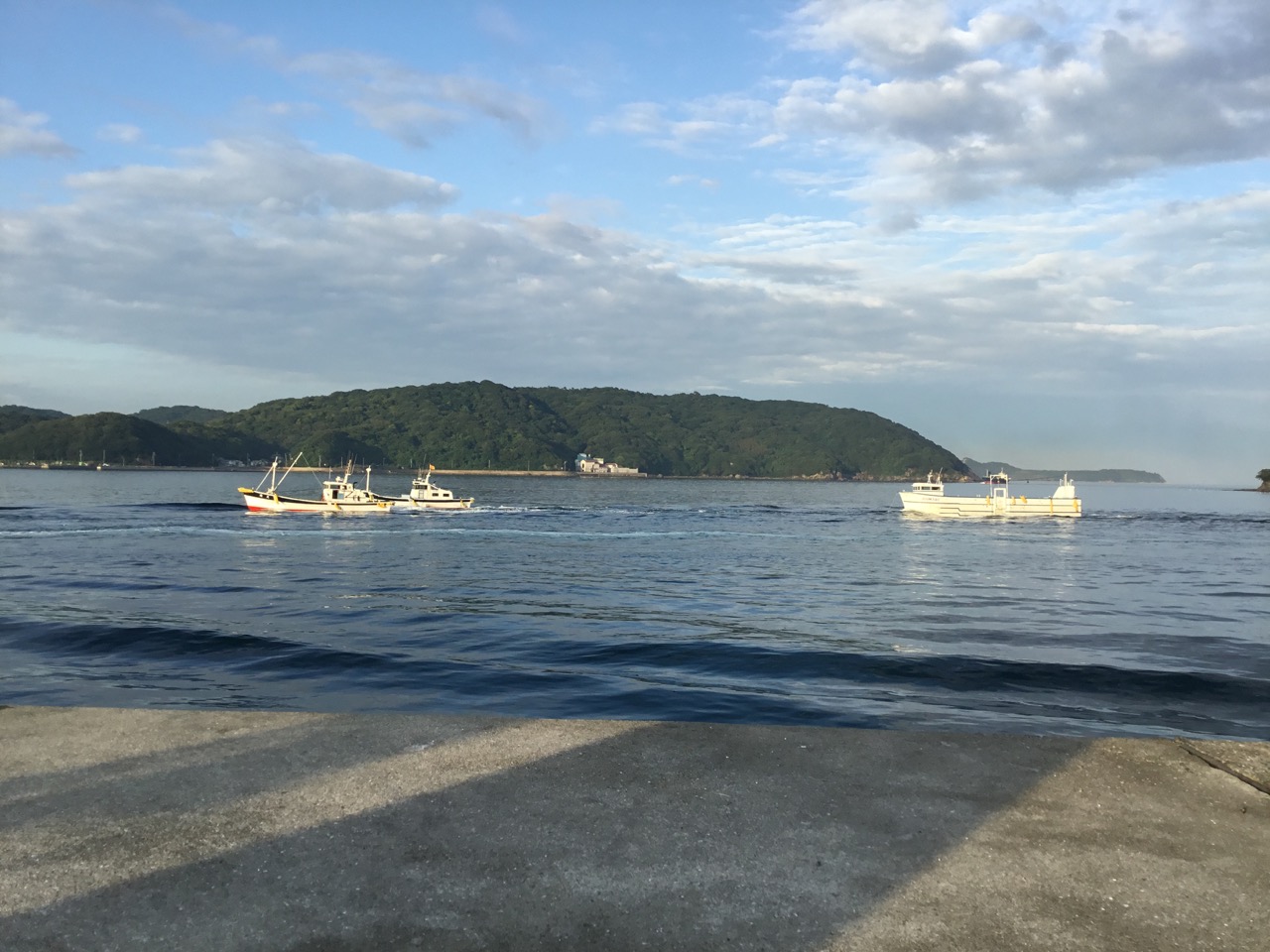
Wherever there is fish, you will find these guys.

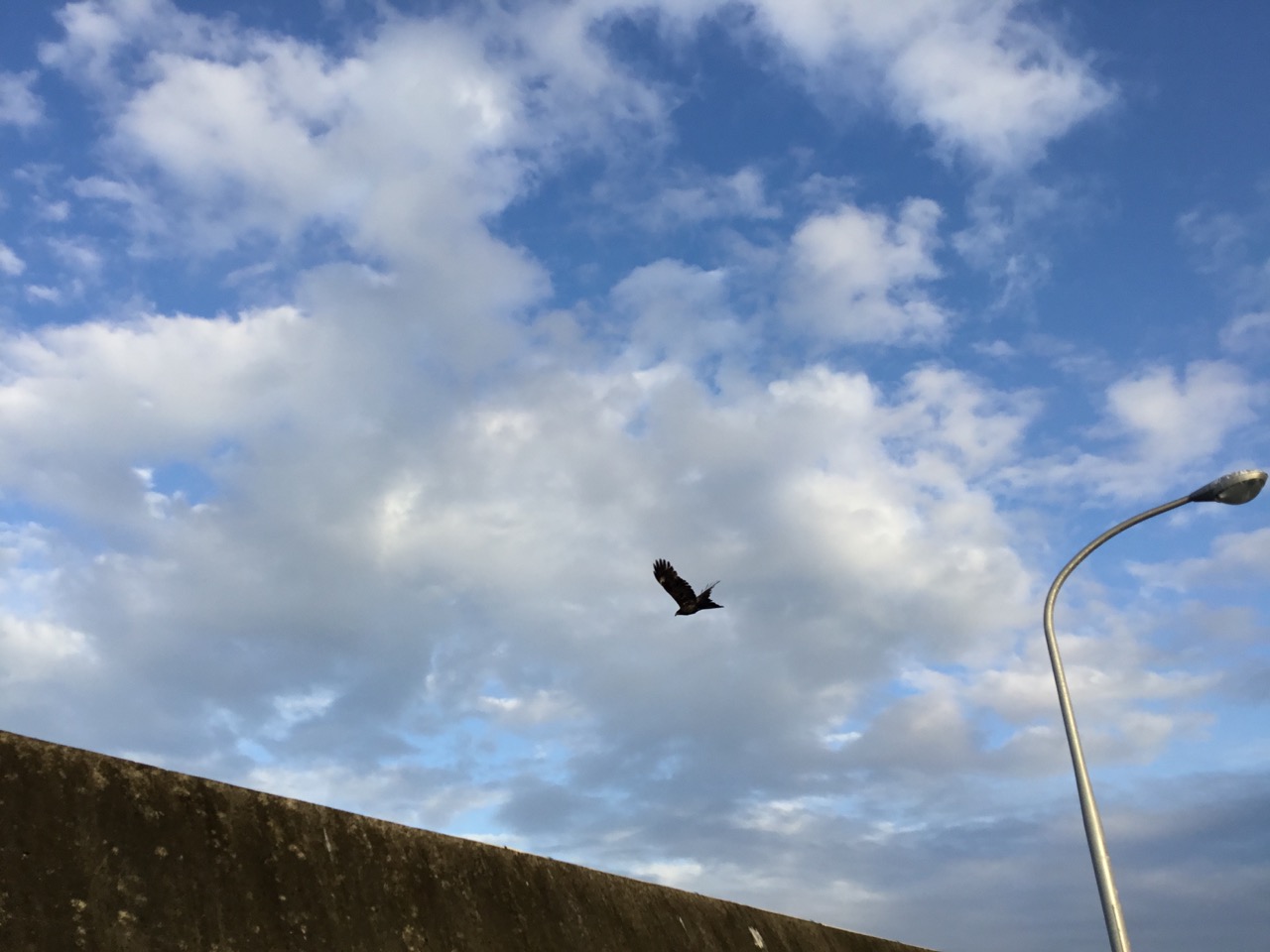

And of course you need slipways to haul-out the boats for repair, this place has 6 slips, and a big workshop to repair them in.
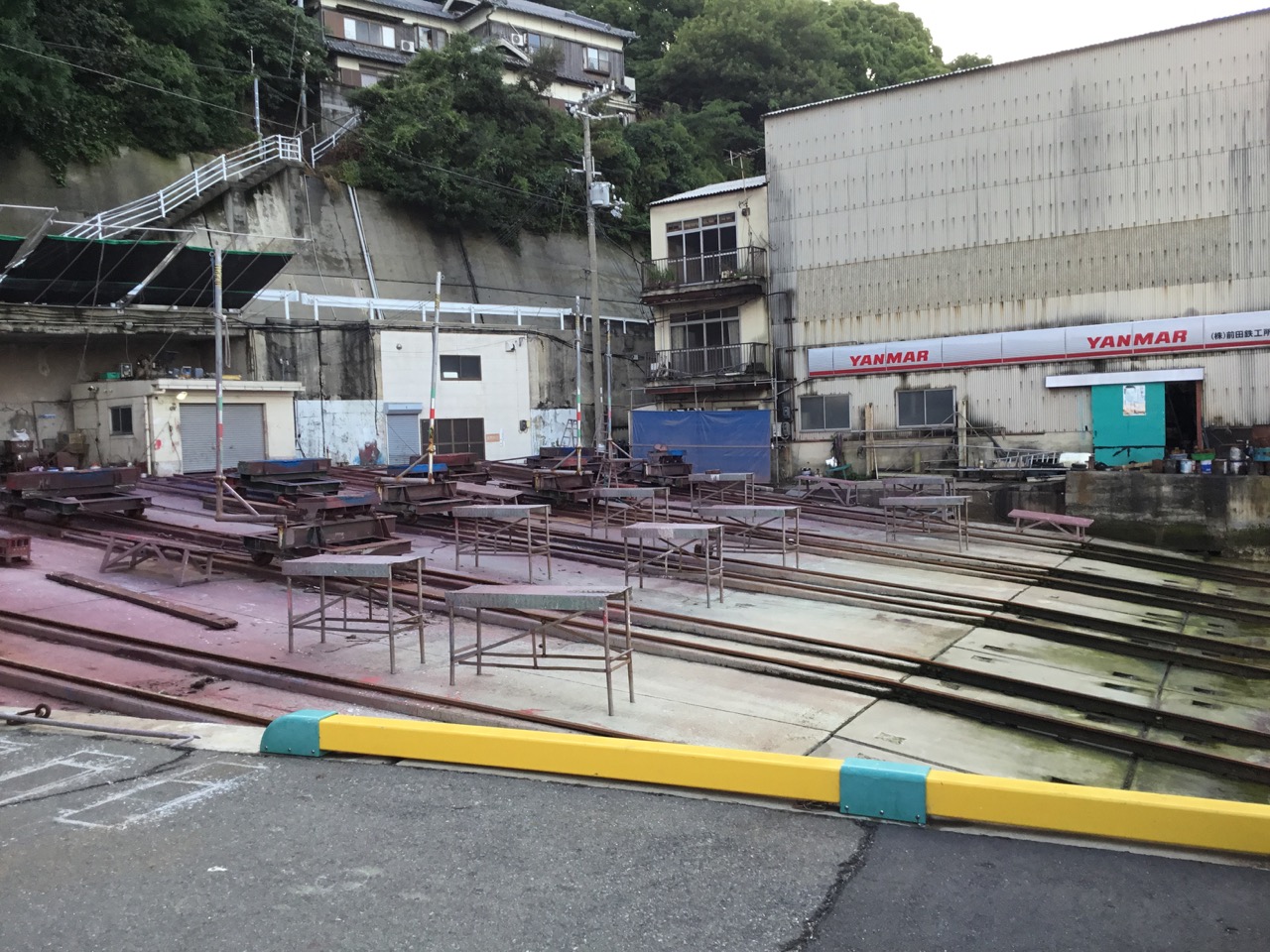
Anchor graveyard. These anchors aren’t sophisticated, but seem to work ok. They must think me mad for spending a fortune on my Spade anchor, and having it shipped half the way around the world, when you can just weld a load of rebar together.
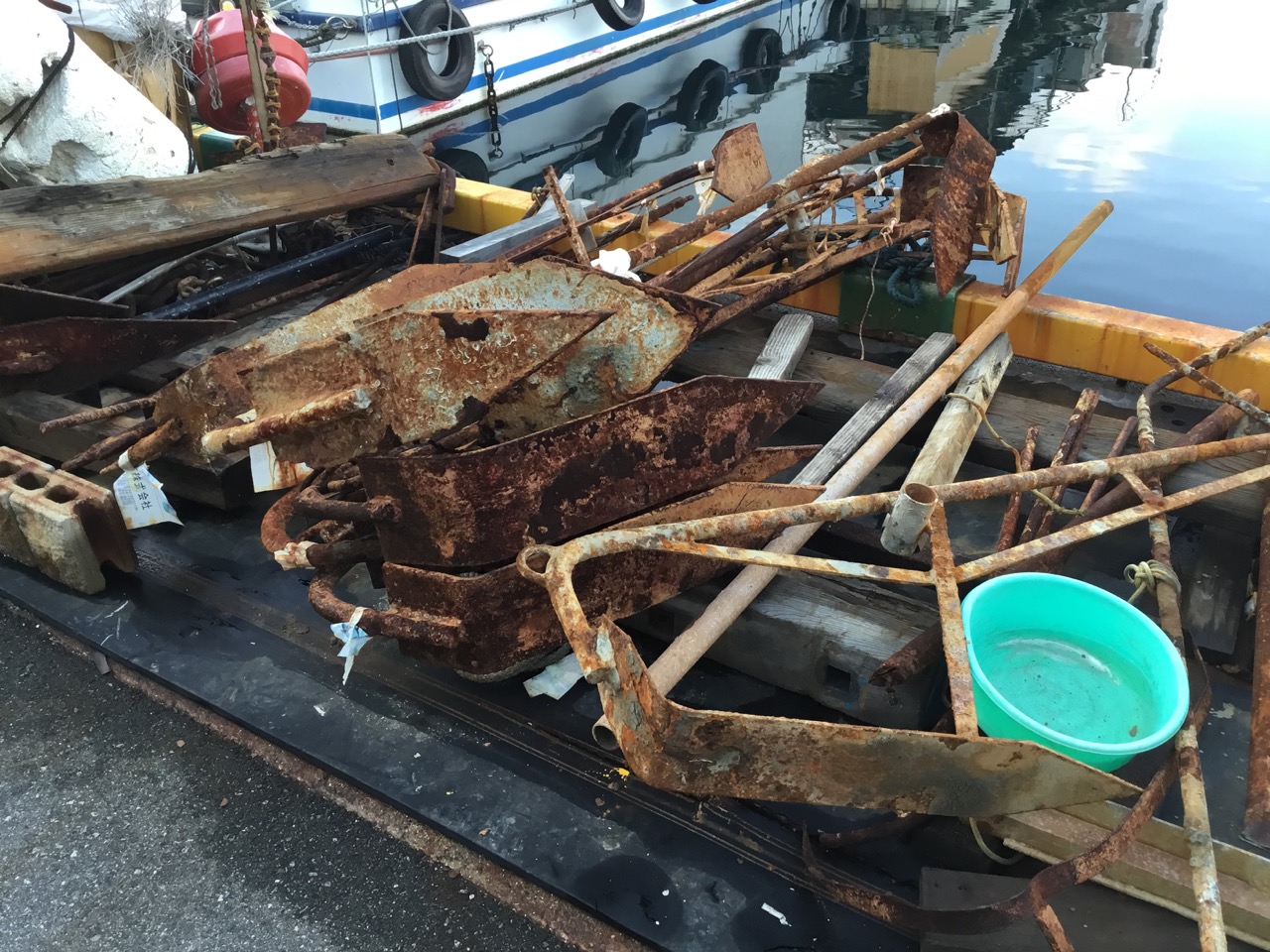 The big pipe is used to deliver ice blocks into the hold of the fishing boats.
The big pipe is used to deliver ice blocks into the hold of the fishing boats.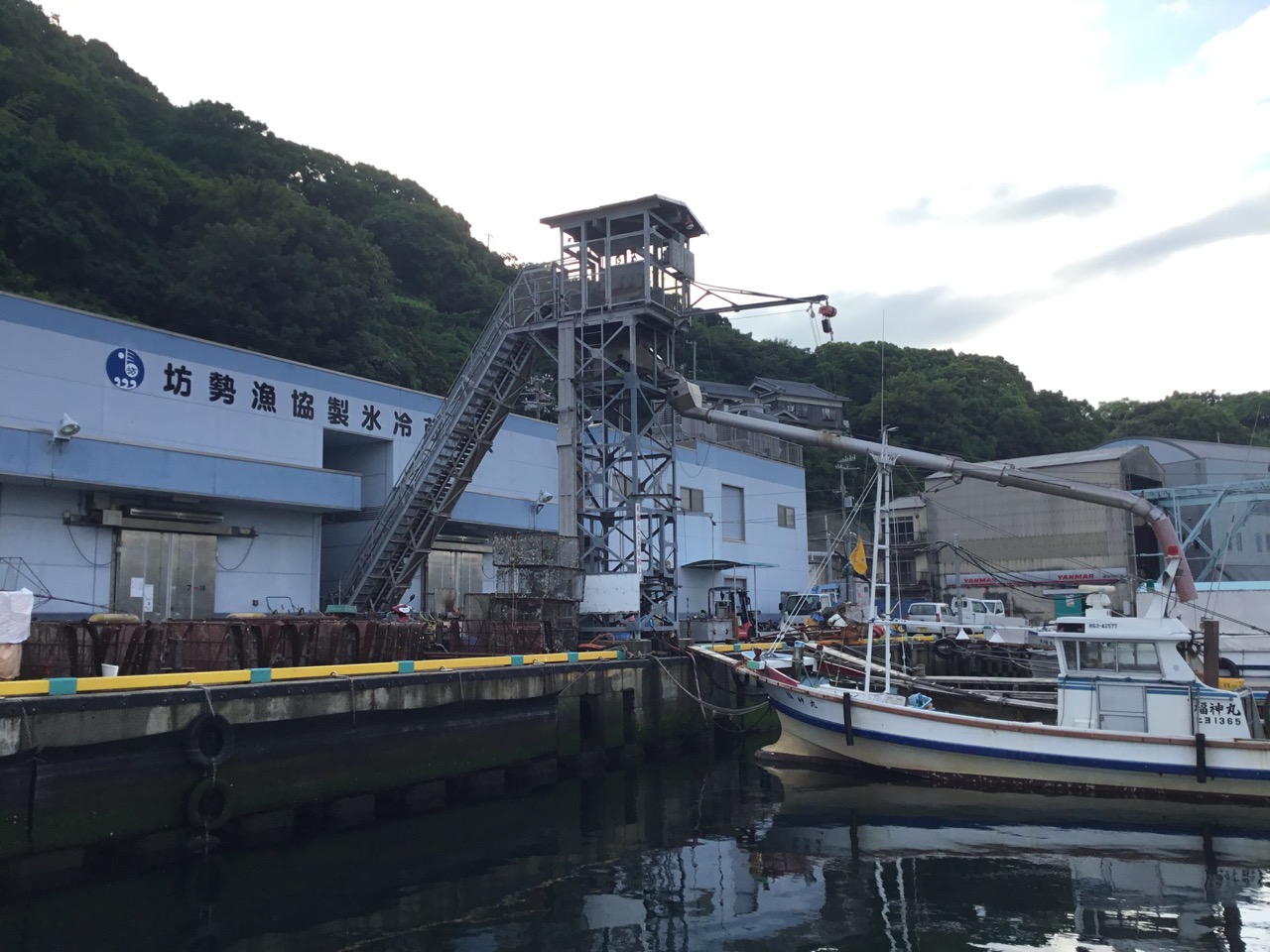
A lot of fishermen take their game very seriously and have used their powerful lobby to try to stop yachting activities in Japan, they often seem to come racing at me when I’m out sailing near their nets. unlike everywhere else in Asia, they rarely wave back when you give them a passing wave, more often they turn their backs on you and ignore you completely. However, thanks to yachting groups here, and the Setouchi rally can count as one, the government seem to be warming to the yachting world, probably as a source of tourism revenue. Since we arrived they have abolished the closed port system, which was quite a pain, I still have to apply to visit ports, but I don’t need to say which ones they are, just my first port of entry, and I get a permit to visit any port in Japan for as long as I’m here.
Saying that, the guys we met in the harbour here were great and very friendly and helpful, as have been quite a few others we met on our travels.
Paul Collister

Great stuff Paul. I can just st imagine you negotiating parking using Google translate!